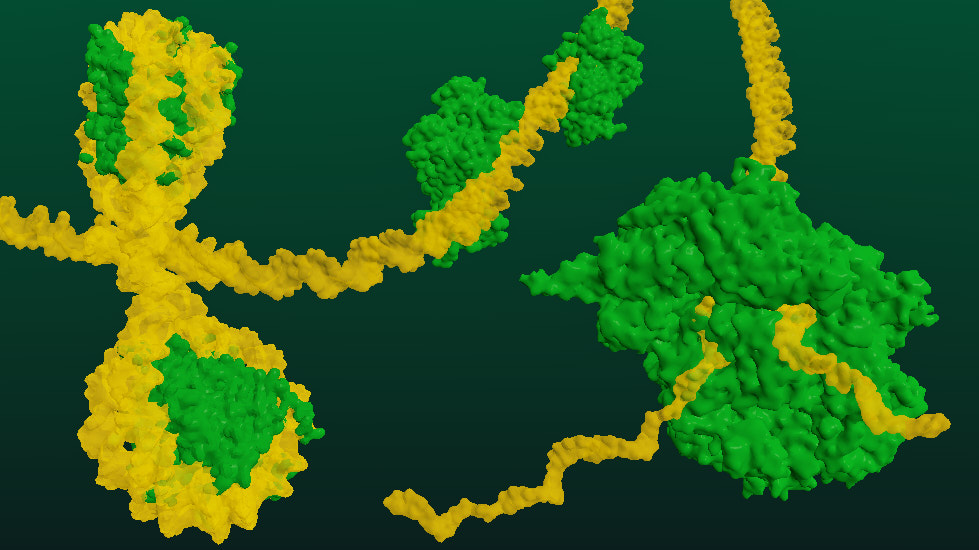Chromatin Molecular Complexes-Functional Organization, Protection and Regulation of the Genome
A special issue of International Journal of Molecular Sciences (ISSN 1422-0067). This special issue belongs to the section "Molecular Biophysics".
Deadline for manuscript submissions: closed (31 March 2021) | Viewed by 29721
Special Issue Editor
Special Issue Information
Dear Colleagues,
Chromatin interconnects three worlds. The first is the world of DNA, which encodes genes that serve as sources for genotypes. The second is the RNA world, where RNA plays the main role in translating genetic information into phenotypes. The last is the protein world, in which biochemical reactions are made possible, leading to the final stage – gene expression. Molecular scientists have been deciphering mechanisms and interactions between proteins and nucleic acids within chromatin to understand processes that regulate genome maintenance, gene transcription, and expression.
This Special Issue covers molecular complexes that are essential for chromatin function in genome maintenance and gene translation. The issue will contribute to understanding the roles of nucleoproteins, and combined roles of nucleic acids and proteins for cell survival and the proper function of genome maintenance. The fun comes when we try to use our previous knowledge obtained on simpler molecular and biological systems to understand functional and structural relationships within more evolutionally developed and complex biomolecular assemblies.

This Special Issue will share new results on essential roles of biomolecular complexes that have been evolutionally the most successful to maintain the continuous flow of genetic information and best survival strategies from ancestors to successors.
Dr. Ctirad Hofr
Guest Editor
Manuscript Submission Information
Manuscripts should be submitted online at www.mdpi.com by registering and logging in to this website. Once you are registered, click here to go to the submission form. Manuscripts can be submitted until the deadline. All submissions that pass pre-check are peer-reviewed. Accepted papers will be published continuously in the journal (as soon as accepted) and will be listed together on the special issue website. Research articles, review articles as well as short communications are invited. For planned papers, a title and short abstract (about 100 words) can be sent to the Editorial Office for announcement on this website.
Submitted manuscripts should not have been published previously, nor be under consideration for publication elsewhere (except conference proceedings papers). All manuscripts are thoroughly refereed through a single-blind peer-review process. A guide for authors and other relevant information for submission of manuscripts is available on the Instructions for Authors page. International Journal of Molecular Sciences is an international peer-reviewed open access semimonthly journal published by MDPI.
Please visit the Instructions for Authors page before submitting a manuscript. There is an Article Processing Charge (APC) for publication in this open access journal. For details about the APC please see here. Submitted papers should be well formatted and use good English. Authors may use MDPI's English editing service prior to publication or during author revisions.
Keywords
- chromatin
- nucleoprotein
- telomere
- nucleosome
- transcription factor
- DNA transcription
- RNA translation






